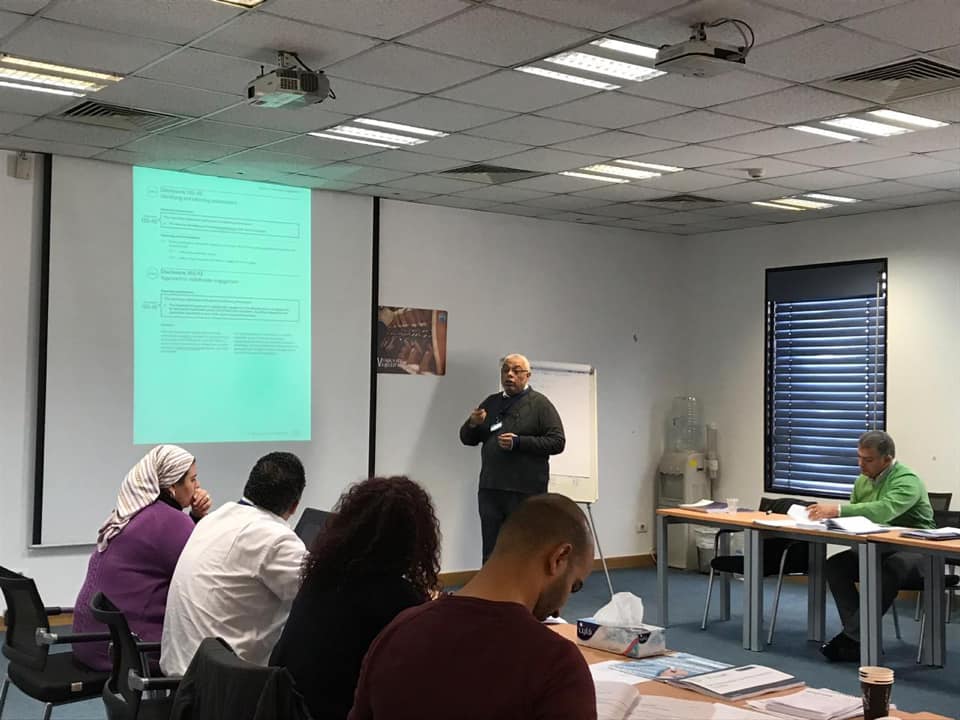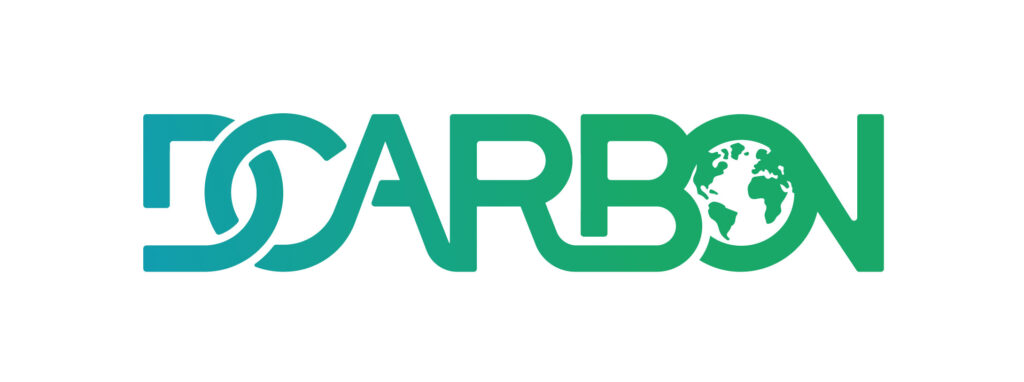
Training Overview
This training workshop serves as an introductory session for business professionals, policymakers, and individuals interested in gaining a basic understanding of CBAM.
Training Outline
- Objectives and Importance of Understanding CBAM
- A Brief History of CBAM
- Basic Concepts of CBAM
- How CBAM Addresses Carbon Leakage and Ensures Fairness
• Understanding How CBAM Operates
• Key Components and Requirements
• The Relationship between Emissions and Carbon Allowances
• Rules for Reporting Declarants
• Legal Framework and International Agreements
• Compliance and Enforcement
• Implications for International Trade
• Methodologies for monitoring and quantifying emissions
• Methods for Calculating Carbon Emissions
• Formulas for Specific Embedded Emissions in the Transitional Period
• Reporting Requirements under CBAM
• Emission Calculation
Examples
• How CBAM Affects Businesses Engaged in International Trade
• Competitive Advantages and Challenges
• Strategies for Compliance
• Sectoral Examples on How CBAM will be implemented.
• Learning from Industry Practices
• Steps for Preparing Your Business or Organization for CBAM
• Available Resources
• Cement
• Fertilizers
• Iron and Steel
• Hydrogen
• Aluminum
• Electricity
Learning Objectives
At the end of this workshop, attendees will achieve the
following learning objectives:
- 1. Understand the general aspects of CBAM and rules for
reporting declarants. - 2. Understand the main criteria for CBAM, including
relevant emissions and the formula to calculate specific
embedded emissions. - 3. Know the formulas for specific embedded emissions in
the transitional period. - 4. Understand reporting requirements and how they are
applied in the IT system (CBAM Transitional Registry).
Who Should Attend
- Credit and Risk Officers
- Business professionals
- Policymakers
- Industry representatives
- Individuals seeking a foundational understanding of CBAM
Gallery Section




